Identifying Regional and Geographic Risks
Human rights abuses are well documented in global seafood supply chains. These abuses proliferate when states are unwilling or unable to enforce international standards for human rights.

Tracking labor rights and working conditions can be particularly difficult, since many countries have not adopted International Labor Organization conventions or are unwilling to enforce the standards. Assessing country-level risks when you are making sourcing decisions means taking into account the human rights landscape, legal protections, and government enforcement around your company’s supply chains.
Like most things tied to politics or governance, the legal and human rights landscape within a country tends to shift periodically, either through implementation of reforms or regulatory backsliding. We recommend six databases with recent geographic, commodity, and transparency data to help you stay up to date on risk geographies:
An annual report on worker rights violations worldwide, this index includes measurements of right to strike, right to collective bargaining, right to join trade unions, right to justice, right to form trade unions, right to free speech and assembly, right to civil liberties, violence against workers, and murder of trade union organizers for 151 countries.
This database consolidates data from across several indicators, including Freedom House, Gallup, and World Justice Project. Analysis is provided in several categories: voice & accountability, political stability & absence of violence, government effectiveness, regulatory quality, rule of law, and control of corruption.
A comprehensive list of goods known to the U.S. government to be produced by child or forced labor and their origin countries, this report also includes analysis and updates on trends around forced labor.
This database, hosted by the ILO, tracks reported incidents of seafarer abandonment, providing information on past and current cases, including abandoned fishers and seafarers.
This site provides information on all fishing and related vessels that appear on the illegal, unregulated, and unreported (IUU) fishing vessel lists published by regional fisheries management organizations (RFMOs) and related organizations. More information about the links between IUU fishing and labor abuse can be found on the RISE special topics page.
This database contains withhold release orders (WROs) issued by U.S. Customs and Border Protection, organized by country, industry, and merchandise.
This information can help you analyze your company’s supply chain exposure to particular countries, geographies, and regions.
Compare your sourcing supply chain to countries that have adopted the most relevant ILO conventions; the ILO website contains a list of all member countries and which conventions they have adopted. Countries that have not adopted these conventions should be considered at higher risk for labor rights violations, either due to lack of political will or resources to protect labor rights.
- No. 29—Forced Labour Convention
- No. 87—Freedom of Association and Protection of the Right to Organise
- No. 94—Consultation and Cooperation
- No. 98—Right to Organise and Collective Bargaining
- No. 129—Communications within the Undertaking
- No. 135—Workers’ Representatives
- No. 143—Migrant Workers (Supplementary Provisions)
- No. 163—Collective Bargaining Recommendation
- No. 188—Work in Fishing Convention
Countries that have not adopted these conventions should be considered at higher risk for labor rights violations, either due to lack of political will or resources to protect labor rights.
In addition to broad-based international risk measures, review external reports, research, surveys, and human rights reporting in reputable media outlets. This can include reports like the Seafood from Slaves series by the Associated Press, research from organizations like Greenpeace, and reporting from responsible business associations like SeaBOS. Include this information in regular risk analysis reports for your supply chain, using it to help you prioritize where to focus your resources and inform your sourcing decisions.
Risk analysis alone won’t provide the supply chain information you need for robust due diligence. As a next step, you will need to prioritize the human rights risks in your supply chain and work directly with suppliers to gather data directly. Reference the three RISE Foundations and the Roadmap for a step-by-step guide to building and strengthening your human rights due diligence program.
